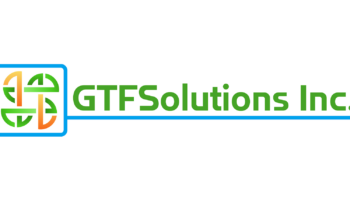Employee benefit programs are an integral component of a company’s strategy to attract and retain top talent. These programs encompass a wide range of offerings, from health insurance and retirement plans to wellness initiatives and flexible work arrangements. While these benefits contribute to a positive work environment, employers must navigate a complex landscape of legal regulations to ensure compliance. Understanding and adhering to these laws is crucial for both employers and employees to safeguard their rights and interests.
The Legal Landscape
Employee benefit programs are subject to a myriad of federal, state, and local regulations. Key federal laws include the Employee Retirement Income Security Act (ERISA), the Affordable Care Act (ACA), and the Family and Medical Leave Act (FMLA). State and local regulations can vary, adding an additional layer of complexity for employers operating in multiple jurisdictions.
ERISA Compliance
ERISA sets the standards for most voluntarily established pension and health plans in private industry. Employers must provide employees with plan information, adhere to fiduciary responsibilities, and ensure proper handling of plan assets. Failure to comply with ERISA regulations can result in severe penalties and legal consequences.
ACA Requirements
The Affordable Care Act introduced significant changes to the healthcare landscape, affecting employer-sponsored health plans. Employers are required to provide affordable coverage meeting minimum essential coverage standards. Failure to comply with ACA regulations can result in penalties, making it imperative for employers to stay informed about evolving healthcare legislation.
FMLA Considerations
The Family and Medical Leave Act grants eligible employees the right to take unpaid, job-protected leave for specified family and medical reasons. Employers must understand the qualifying conditions for leave, provide proper notification, and maintain job protection for employees on FMLA leave. Non-compliance can lead to legal challenges and financial repercussions.
Non-Discrimination Laws
Employee benefit programs must comply with non-discrimination laws, ensuring that benefits are provided without discrimination based on factors such as age, race, gender, or disability. Employers should carefully review benefit offerings to guarantee they meet these legal requirements.
Privacy and Data Security
As employee benefit programs often involve the collection and management of sensitive personal data, employers must prioritize privacy and data security. Compliance with laws such as the Health Insurance Portability and Accountability Act (HIPAA) is crucial to safeguarding employee information.
Communication and Documentation
Clear communication with employees is vital. Employers should provide comprehensive information about benefit programs, including eligibility criteria, coverage details, and changes to existing plans. Additionally, maintaining accurate and well-organized documentation is essential for demonstrating compliance in the event of an audit or legal dispute. Educating employees about their rights and benefits is essential. Clear communication can help employees understand their options, navigate enrollment processes, and be aware of any changes in benefit offerings. This proactive approach can mitigate misunderstandings and potential legal challenges.
Periodic Audits and Reviews
Given the dynamic nature of employment laws, employers should conduct periodic audits and reviews of their benefit programs. This proactive approach helps identify and address potential compliance issues before they escalate, reducing the risk of legal challenges. Conducting regular audits of benefit programs ensures that they align with current legal requirements. These audits can identify potential compliance gaps and provide an opportunity for corrective action before issues escalate.
Conclusion
Navigating legal compliance in employee benefit programs requires a comprehensive understanding of the intricate web of federal, state, and local regulations. By staying informed, implementing robust policies, and conducting regular audits, employers can not only ensure compliance but also create a positive and legally sound environment for their workforce. As the legal landscape continues to evolve, a commitment to ongoing education and adaptation is essential for businesses aiming to provide competitive and compliant employee benefit programs. Integrating compliance into the strategic design and administration of employee benefit programs, businesses can foster a positive work environment, attract top talent, and demonstrate a commitment to the well-being of their workforce. In an ever-changing legal landscape, staying informed, seeking expert guidance, and fostering a culture of compliance are essential for organizations aiming to provide robust and legally sound employee benefit programs.



